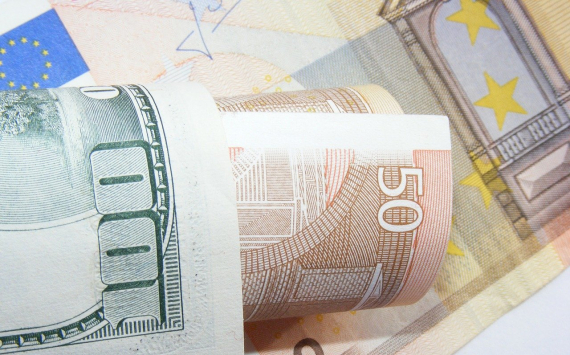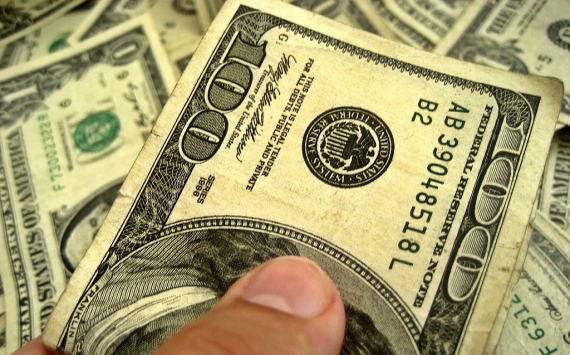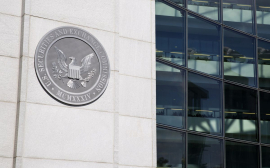
Currency values
The euro fell ahead of Wednesday's holiday and the dollar dropped the yen to a one-month low as investors ignored rising demand for Omicron in another bout of risk appetite.
Risk-sensitive currencies such as the Australian dollar rose as stocks rose, but the euro interrupted the trend and fell 0.2% to $1.1287 per euro EBS while the dollar index added 0.2% to 96.321 per dollar Analysts say that with many traders taking a break for Christmas or the end of the year, it was difficult to account for their movements. The main driver this week has been continued optimism that Omicron will not undermine economic growth.
"The Omicron option continues to rage and fail to register in this market, even though the number of global cases exceeded one million for the second day in a row," said analysts at Saxo Bank.
The dollar rose against the safe haven yen, adding 0.1% to 114.98 JPY EBS the highest level since late November. While the yen suffered because of investors' risk appetite, analysts said investor flows at the end of the quarter also affected the currency.
Sterling fell 0.1% to $1.3420 per pound D3, while it rose 0.1% against the euro to 84.14p EURGBP D3 Elsewhere, the Turkish lira fell by more than 2% TRYTOM D3 to around 12 per dollar, further reflecting the huge gains of the previous week, as fears of a sharp rise in inflation and sub-standard monetary policy persisted.
On Monday, US health authorities reduced the recommended isolation time for Americans with asymptomatic COVID-19 cases to five days from the previous guidance of 10.
The dollar was also supported by a rise in two-year Treasuries, which reached 0.758% on Tuesday, a near two-year high, before falling slightly to 0.7461%.
Kyle Rodda, analyst at IG Markets, said he was optimistic about the US dollar over the long term because of the Federal Reserve's impending rate hike and the apparent reduced chances of future lock-ins in the United States.








































